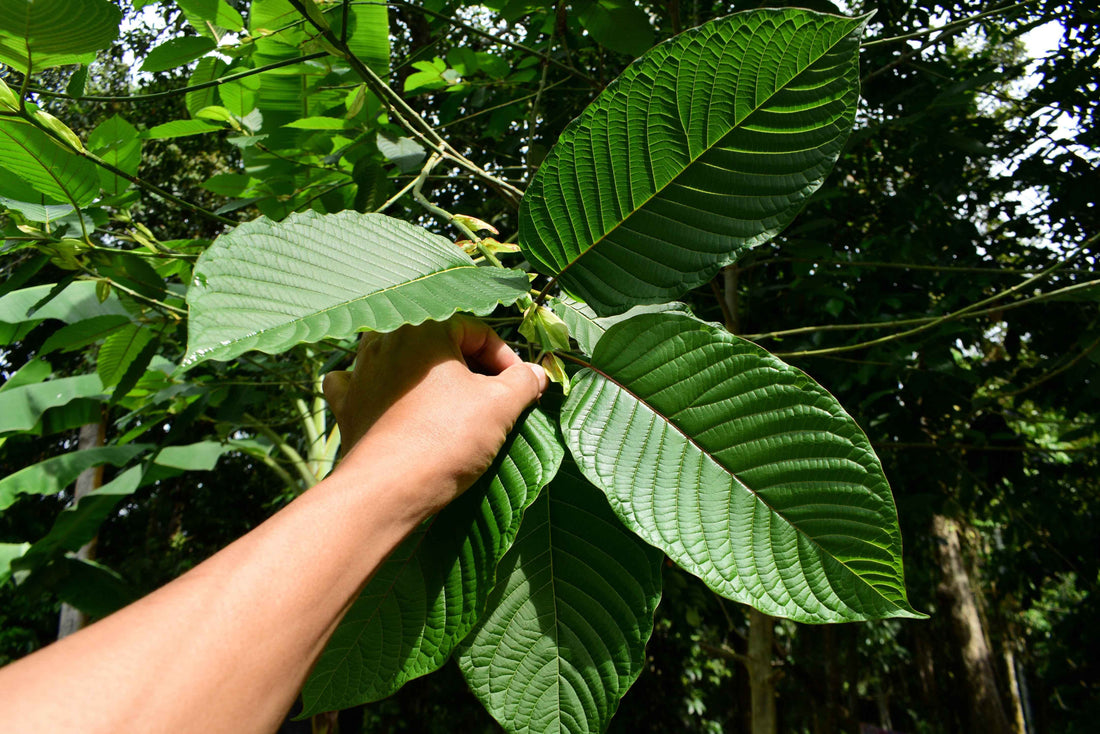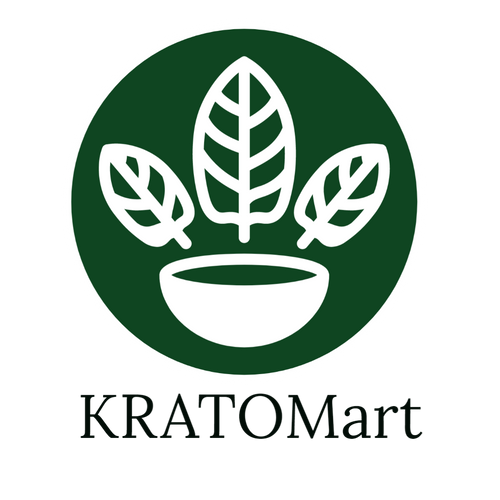
How is Kratom Harvested
Share
Kratom (Mitragyna speciosa) is a tropical tree native to Southeast Asia, and its leaves are commonly used for their medicinal and recreational properties. The process of harvesting kratom involves several steps:
-
Selecting Mature Trees: Kratom trees need to mature before their leaves are harvested. This usually takes several years. Mature trees are typically around 20 feet tall and have a spread of about 15 feet.
-
Identifying the Right Leaves: The alkaloid content, which contributes to kratom's effects, is highest in the leaves. Harvesters look for the leaves that are the right age and size, as well as those with the desired alkaloid content.
-
Picking the Leaves: Harvesters carefully pick the leaves by hand. They may use small tools such as shears or knives to cut the stems. The leaves are often chosen selectively, with an emphasis on quality.
-
Sorting and Drying: After harvesting, the leaves are sorted based on their size and maturity. They are then spread out to dry. Traditionally, this is done outdoors in the sun, but some modern processes involve indoor drying with controlled temperature and humidity.
-
Curing and Fermenting (Optional): Some kratom varieties go through a curing or fermenting process after drying. This step can affect the alkaloid profile and the final characteristics of the kratom. Not all kratom is subjected to this process, as it depends on the desired end product.
-
Grinding: Once the leaves are dry, they are ground into a powder. This is the form in which kratom is most commonly consumed. The grinding process can be done using various methods, including manual grinding or mechanical milling.
-
Packaging and Distribution: After grinding, the powdered kratom is packaged and prepared for distribution. It's important to note that kratom is regulated differently in various regions, and the packaging and distribution process may vary accordingly.
It's crucial for responsible and sustainable harvesting practices to be employed to ensure the long-term viability of kratom cultivation. Additionally, the legality of kratom varies by country and region, so it's important for individuals to be aware of and adhere to local regulations.
